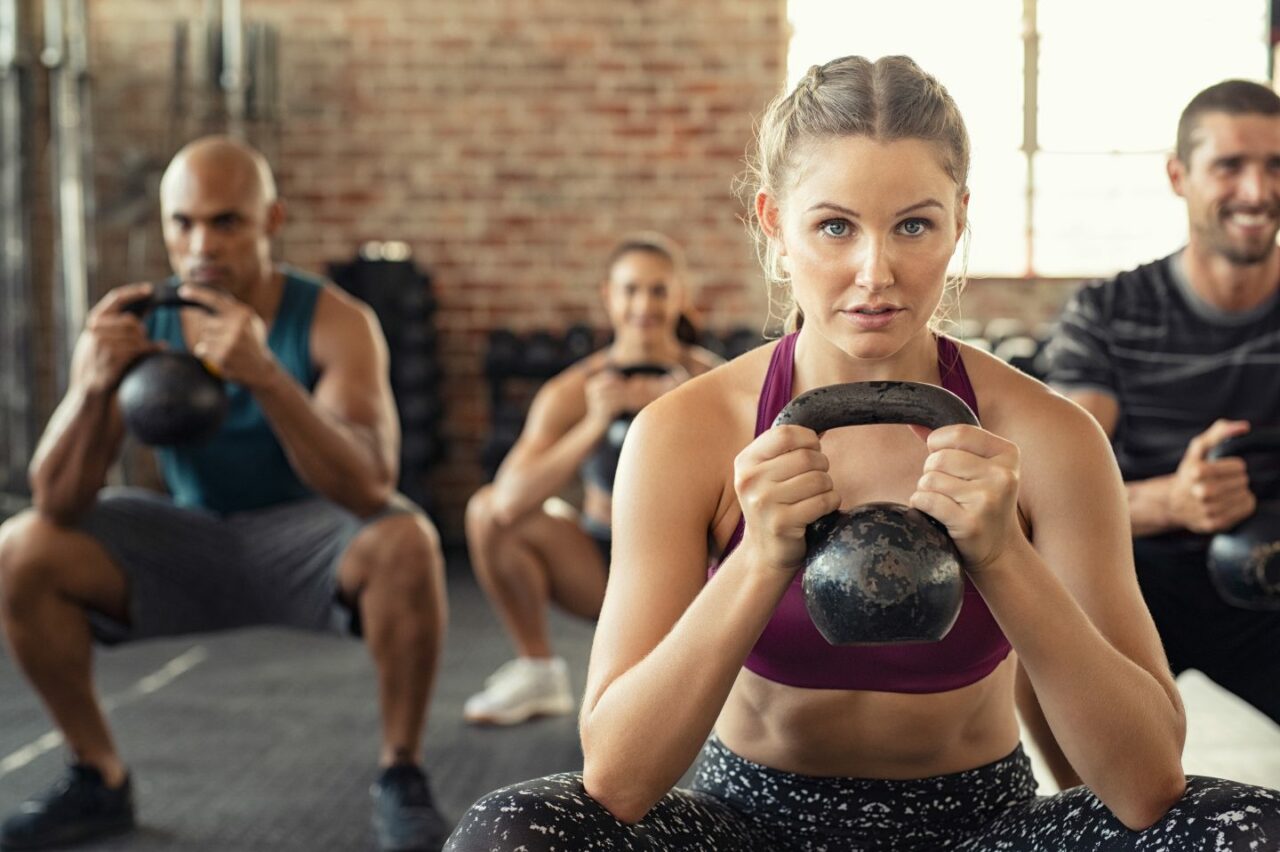
As a cyclist, it’s easy to fall into the trap of believing that the only ways you can train are on a bike, either indoors during the winter or outdoors once the sun appears by simply getting out there and racking up the miles. The truth of the matter is that any form of exercise that you can get will benefit you in some shape or form, developing your general fitness and allowing you to press on for longer with your improved endurance.

Whether you’re a road cyclist or you’re more of a
mountain biker, weight training and plyometrics are both incredibly beneficial
to you as a cyclist. By being stronger and fitter you’ll be able to ride faster
and further for longer, driving your way up the hill and manipulating your
mountain bike to cope with the fast descents you’ve always struggled with.
Here we’ll talk you through just some of the benefits of
weight training and plyometrics for cyclists so that you can get to work off
the bike and reap the benefits the next time you take to the pedals.
Why is weight training good for cyclists?
It might seem confusing that weight training can be
beneficial for cyclists given how important it is to have lightweight,
aerodynamic equipment but building up your muscle mass can help you to really
drive down through the pedals whether you’re out on the roads or on a mountain
bike trail.
Weight training for cyclists is based predominantly
around the legs and core, building the all-round strength you need to go for
longer and maintain a stable position in the saddle rather than actually
building bigger muscles. Some experts recommend that you should spend as much
time in a cycling position as possible while training, allowing your muscles to
remember where they need to be in order to perform at their best.
The best forms of weight training for cyclists

It sounds fairly obvious but working on your leg muscles
is vitally important for any cyclist helping you to develop the strength and
endurance required for a long distance road ride or a few short, sharp blasts
around the off-road trails. Weighted squats, kettlebell thrusts, leg presses,
calf presses and leg extensions are all fairly straightforward exercises that
you can do in any gym or even at home with very little equipment required.
Building up your upper body strength can be incredibly
beneficial if you’re into your mountain biking. Strength training for cyclists
might not sound that relevant, but building up your upper body muscle and
endurance will help you to control the bike using your arms and core; while
also being able to maintain your performance over the course of a long trail or
descent where you’ve really got to put the work in!
Here, working on your abdominal muscles with a series of
crunches will help to build up core strength and you can work with dumbbells,
barbells and upper body machines in the gym to develop the muscles in your
shoulders, arms and chest.
What is plyometrics, and how can it benefit cyclists?
Plyometrics is another really effective way of building up your strength and endurance and is a completely different form of training to lifting weights. As part of a structured cycling training plan you can use plyometrics to help with those short periods on the bike where you really need to push hard, like a hill climb.

Consisting of a lot of jumping exercises like box jumps,
squat thrusts and star jumps; plyometrics will help you to push bigger gears on
your sprints and to improve your all-round cycling performance, too. Known for
its benefits in terms of balance and co-ordination, you’ll soon have a much stronger
core and a more explosive set of muscles that will really benefit you as a
mountain biker or road cyclist.
Other useful forms of training for cyclists
While the focus here is undoubtedly on weight training
and plyometrics, helping you to develop your explosive muscle strength and
endurance; we understand that for some cyclists weight training and jumping
around might not be for you. Everyone’s different, after all, and we all have
our own preferences and methods when it comes to cycling training.

Turbo
trainers remain one of the most popular training accessories, allowing you
to prepare at home during the winter by removing one of your wheels and
connecting your favourite bike – or a training bike, if you wish – so that you
feel instantly at home when you take to the roads or trails in the summer.
Alternatively, spin classes remain vastly popular forms
of training that help you to develop your overall fitness levels. Sure, you’re
going to get very (very) sweaty and there will be plenty of sprints and hill
climbs in the spin class but you’ll be able to rack up more than 20 kilometres
in a half-hour spin class once you get into the groove.

